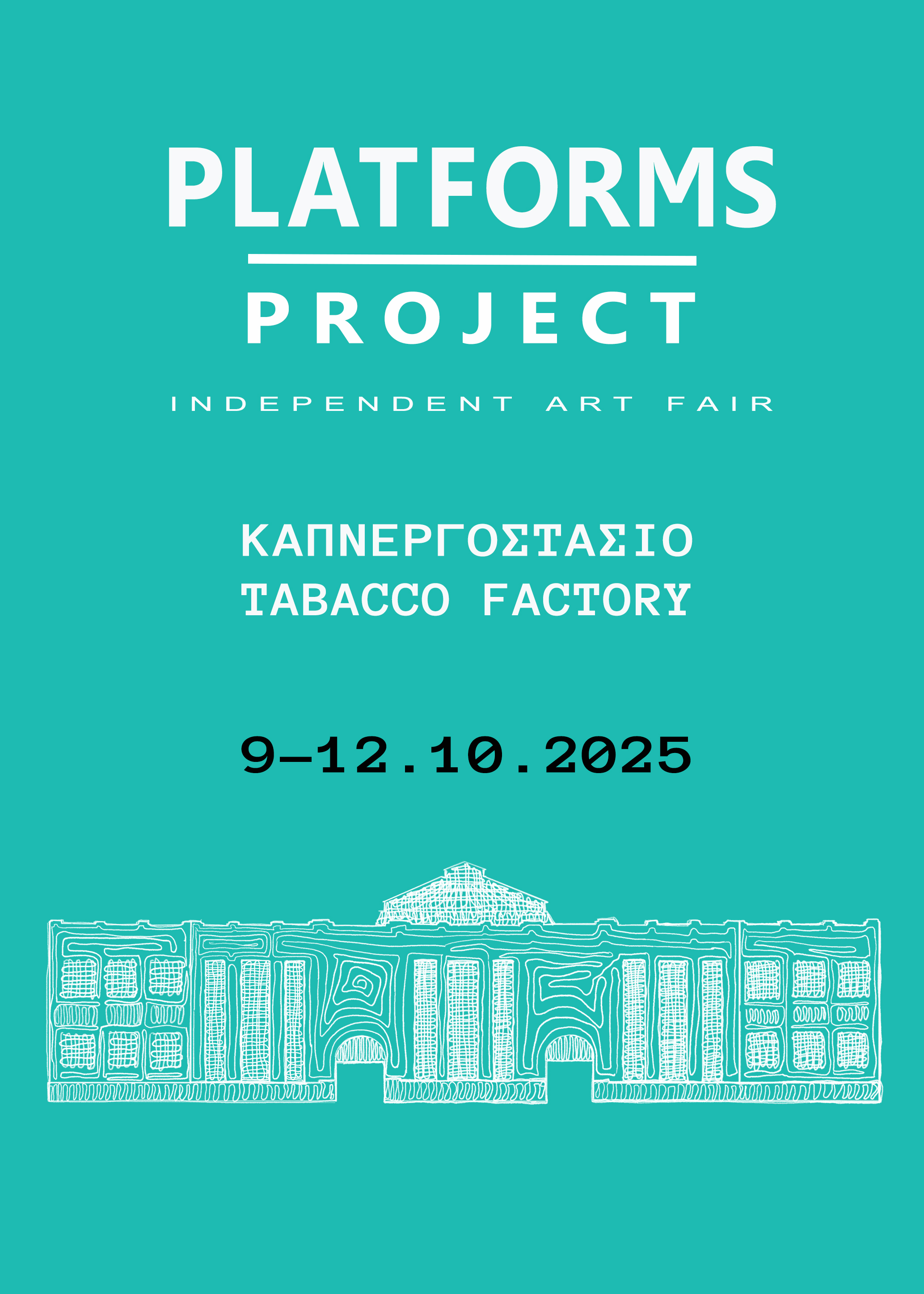Ioannis Koliopoulos and Paola Palavidi are hypercomf, a new art project that takes the form and function of a company that creates soft quilted objects meant to be hung, worn or slept under. These textile sculptures are accompanied by poetry that reflects the artworks’s subject matter, often having to do with over-consumerism and “mind-numbing comforts” in the post-industrial society we live in. For its first exhibition, Hypercomf presents a collection of its highly attractive and touchable textile creations in the space of The Daylight, a loft in Athens that presents exhibitions only with natural light. We spoke to Ioannis Koliopoulos about Hypercomf’s first public exhibition, and we got some first insights about the project and its intentions. We also encourage readers to go to The Daylight and snuggle a bit, and read the poetry written against the Athenian urban landscape.
What is Hypercomf? What does the name mean? What is its practice?
Hypercomf is an artwork as well as a company that produces hybrid fabric objects and accompanying poetry. The fabric works are quilted, stitched and sewn with socio-anthropological concepts, shapes, symbols and re-imaginations, and their main use may be to warm your sleep as blankets, as wall hangings or even as garments, wrapped around one or more bodies like coats. The poems are also a valid company produce and are fashioned similarly by collage of fragmented sentences, often sourced from advertising or political lingo.
Hypercomf is a new utopian productive model, and its existence aims to revitalise and investigate the economy of the individual, the possible interaction with the world and its cyber reflection, using humour and the necessary constant cultural reinvention. Its ironic corporate profile is expressed by the company’s name that comes from the cropping of the words hyperbole and comfort, aiming to comment on the overabundance of material possessions, technological conveniences and mind-numbing comforts in a transitional postindustrial society. The founder of Hypercomf company is Ioannis Koliopoulos and Paola Palavidi is the production assistant.
So you are obviously enamoured with textiles. What draws you to this medium?
In my practice I give great emphasis on materials; I use concepts and materials that are deeply saturated with symbolisms and have very direct references to collective memory. These are often materials that are globally produced and then rejected in large quantities every day—food, clothing, photography, paper, textiles, household tools/equipment etc.—which turns them into over-consumed symbolisms.
Fabric is one of the top materials in that respect, burdened with history and symbolism and in current times over-consumed. Fabrics and textiles bring to mind feelings of comfort, nurture, safety, and protection. We are wrapped with a fabric from the first second we come to life and from then on, every day, till the end. It embraces the body and becomes as personal as the body itself. Many times an item will change many hands, bodies, generations. Their over consumption leaves a huge variety of remnant fragments to be studied and played with, leftovers of the personal, accumulating over generations. In this way, working with fabric and clothing is a way to tap into collective memory.
Even as just a material, it has fascinating varieties and capabilities, and opens up a world of textures, dyes and colours, functionalism, design and culture. The processes that are involved in handling fabric such as sewing, stitch work, weaving and embroidery are all very enjoyable meditative practices.
Why is the colour of bread important?
The colour of bread is a complex colour in tone and shade as well as politics and I think it is worth the study. It is our most basic food, and it exists in one form or the other all around the world; as such, it is the colour-symbol of nutrition and health. It can also resemble different shades of skin colour, and so it has been frequently used to symbolise man himself.
What is included in your new exhibition at The Daylight?
The exhibition how to properly read a poem is the first presentation of Hypercomf, and it is a site specific installation that is part of the project The Daylight. The location is a 4th-floor Athenian loft with views on the central city market and over the neighbouring terraces of Acropolis. The works exhibited are the products of Hypercomf, which are hybrid fabric objects such as blankets, carpets, wall hangings, one-piece garments, soft sculptures and window poetry. The visitor is free to interact with the work, touch it, lie on it and relax in the space, while reading the window poetry.





